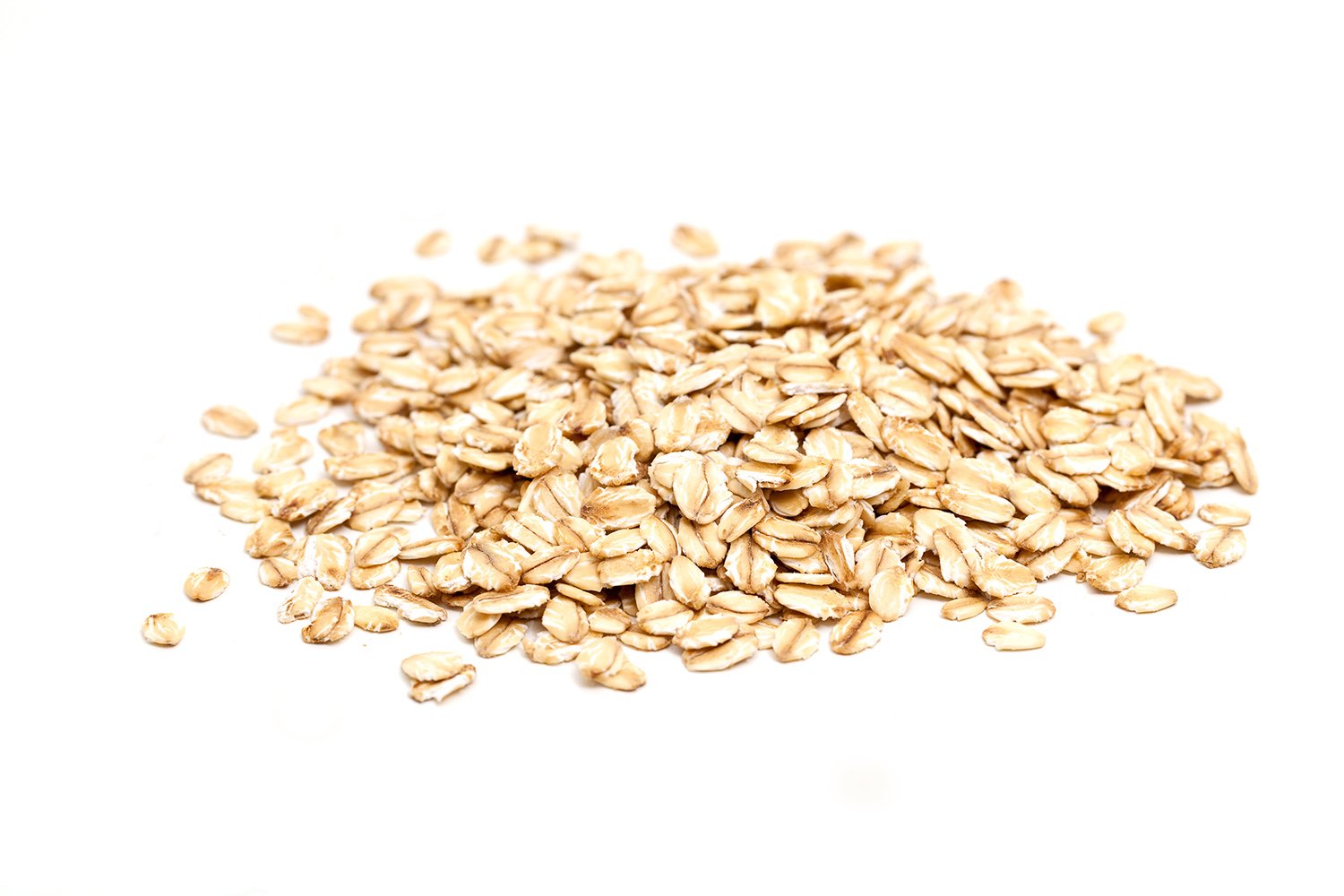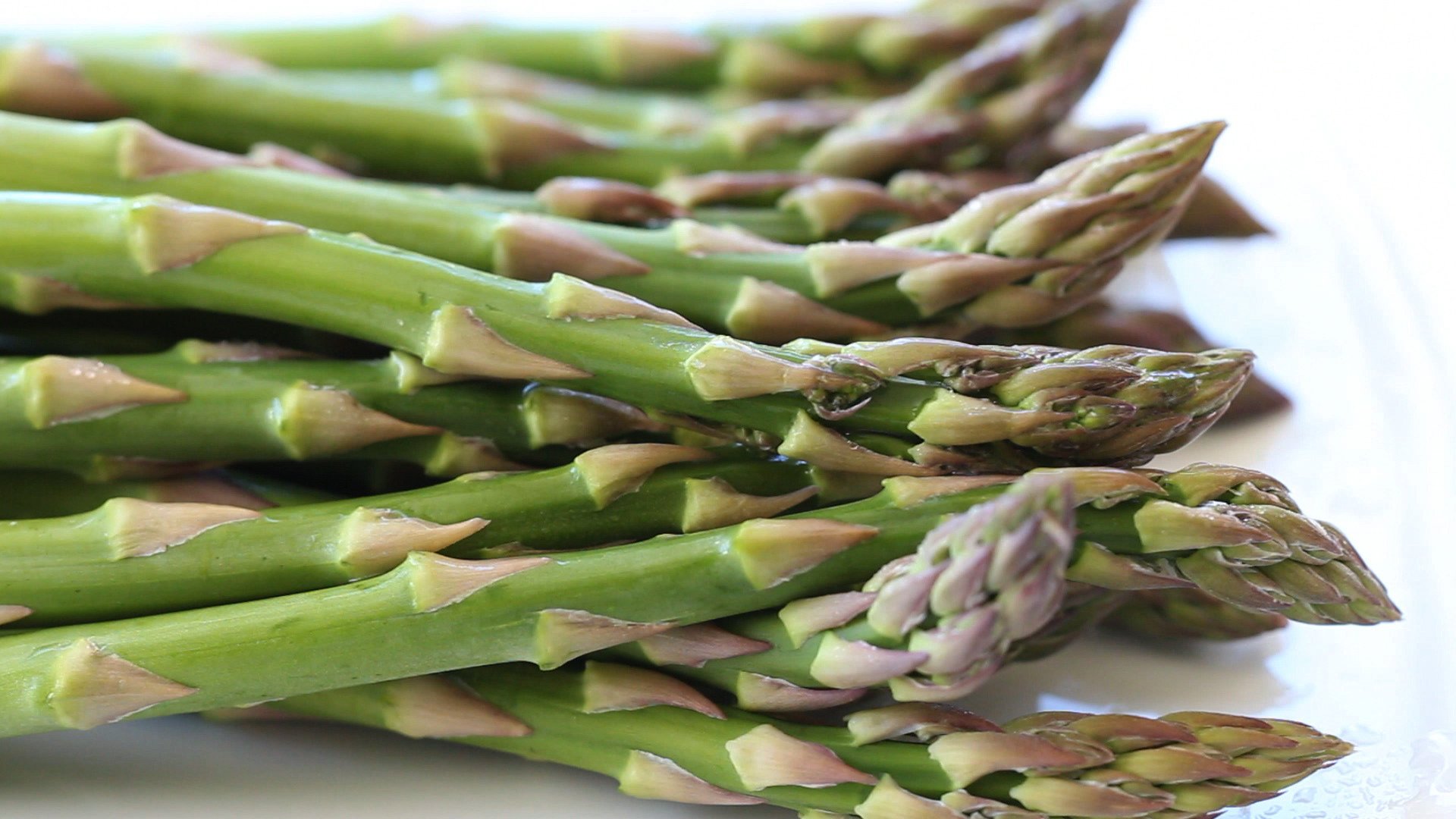Prebiotics: what, where, and how to get them

by Judy Palken, MNS, RD, LDN
READER QUESTION:
I am taking a probiotic supplement, and trying to eat foods with good bacteria like yogurt, I have heard that I also should try to eat prebiotics. Can you tell me what these are, and if they are really good for me, and if so, where can I get them? Do I need to buy them in a pill?
ANSWER:
Great questions! Let’s define probiotic. As you may know, probiotics are beneficial bacteria, and can be found in foods with live bacterial cultures such as yogurt, sauerkraut, and kefir. They are also available in supplement form. Prebiotics are foods for the probiotics to feed upon. When the bacteria are fed what they need, they can thrive and provide us with health benefits.
Fortunately, what the good bacteria like also happens to be good for us! These foods contain types of fiber such as beta-glucans and inulin that the bacteria feed upon. They metabolize these fibers into products that help to maintain our gastrointestinal health. No need to buy any type of pill! Food is best.
HERE ARE SOME FOODS THAT ARE GREAT PREBIOTICS:
Oats – regular (i.e., old fashioned) or steel cut, not the flavored packets with added sugar and salt, Bananas, Blueberries -unsweetened, fresh or frozen, Asparagus, Spinach, Artichokes, Jerusalem artichokes, Onions, Leeks, Garlic, Flax seed – best to buy it ground, or grind your own, and store in fridge or freezer, Chia seed – store in fridge or freezer
Some tips for getting your prebiotics:
 Make oatmeal a part of your breakfast routine, or a nourishing snack – top withblueberries and sliced banana.
Make oatmeal a part of your breakfast routine, or a nourishing snack – top withblueberries and sliced banana.
Jerusalem artichokes are actually tubers, and not any kind of artichoke. They are a great source of the fiber inulin. They can be sliced into salad raw, or cooked like potatoes.
Slice bananas onto hot or cold cereal or yogurt, and put into pancakes or muffins. Extremely portable – carry one with you to work or when running errands. Bananas are also high in potassium and vitamin B-6.
Use onions, leeks, and garlic for great flavors in your cooking. In addition to their prebiotic properties, onions contain polyphenols – compounds that help protect our cells from oxidative stress, and may help to protect against heart disease and certain types of cancer. Garlic contains compounds that may help to lower LDL-cholesterol, blood pressure, and the risk of blood clots.
Add ground flax, and chia seeds, to yogurt, smoothies, hot and cold cereal, pancake, muffin and cookie batters, salads, and casseroles. Keep them front and center in your fridge, and you will surely find other ways to use them. They also contain the omega-3 fatty acid alpha-linolenic acid, which in your body gets converted to the same type of healthful omega-3 fatty acids found in fatty fish.
 Spinach is a nutritional powerhouse – bursting with many vitamins, minerals, fiber, and rich in lutein and zeaxanthin – two phytochemicals that seem to have a role in helping to prevent age-related macular degeneration, the leading cause of irreversible blindness in older Americans. Use spinach raw in salads, cook it with scrambled eggs or in omelets, and add to pasta sauces and casseroles.
Spinach is a nutritional powerhouse – bursting with many vitamins, minerals, fiber, and rich in lutein and zeaxanthin – two phytochemicals that seem to have a role in helping to prevent age-related macular degeneration, the leading cause of irreversible blindness in older Americans. Use spinach raw in salads, cook it with scrambled eggs or in omelets, and add to pasta sauces and casseroles.
Blueberries are rich in anthocyanins, phytochemicals that may help to protect against cardiovascular disease and certain cancers. Enjoy them in smoothies, in salads, on desserts, on cereal, and on their own!
Perfect for Spring – try roasting asparagus by itself or with other vegetables.
Here are some recipes using some probiotic foods.
ROASTED ASPARAGUS – 4 SERVINGS, EASY!
Ingredits:
- 1 bunch asparagus spears, trimmed
- 1 clove garlic, minced
- 3 Tbsp extra virgin olive oil
- 1 Tbsp lemon juice
- salt and black pepper to taste
- optional – 1 1/2 Tbsp grated Parmesan cheese, any fresh or dried herbs you like
Directions:
- Preheat oven to 425 degrees F.
- Place the asparagus and garlic into a mixing bowl, and drizzle with the olive oil and lemon juice.
- Toss to coat the spears, then add a dash of salt and/or pepper if you like.
- Then add optional Parmesan cheese and any herbs.
- Arrange the asparagus spears on a baking sheet in a single layer. You can line the baking sheet with foil for easier cleanup.
- Bake in the preheated oven until just tender, 12 to 15 minutes depending on thickness.
Adapted from: http://allrecipes.com/recipe/oven-roasted-asparagus/
SPINACH ARTICHOKE YOGURT DIP
Ingredits:
- 1 14-oz can artichoke hearts, drained and chopped
- 1 10-oz package frozen chopped spinach, thawed and drained
- 1 cup low fat or nonfat, plain, regular or Greek yogurt
- 1 cup shredded reduced-fat cheddar cheese
- 1/4 cup chopped scallions
- 1 garlic clove, minced
- 2 Tbsp chopped red pepper
Directions:
- Combine all ingredients except red pepper and mix well.
- Pour mixture into 1-quart casserole dish or 9-inch pie plate.
- Bake at 350 degrees Fahrenheit for 20-25 minutes or until heated through and sprinkle with red peppers.
- Serve with veggies and/or IBD-Aid crackers.
Adapted from: http://www.nationaldairycouncil.org/Recipes/Pages/Baked-Spinach-Artichoke-Yogurt-Dip.aspx
You can find more at http://www.umassmed.edu/nutrition/ibd/ibd-aid/

